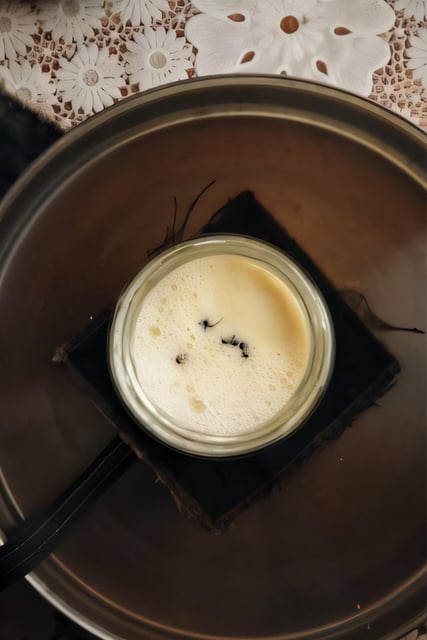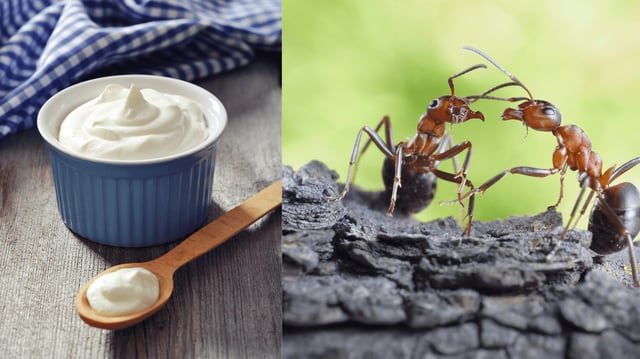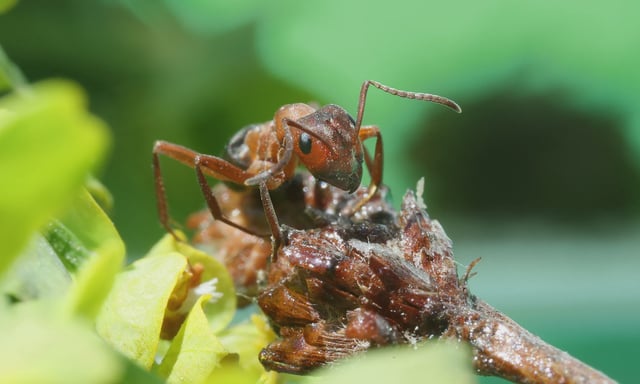Overview
- Published October 3 in iScience, the research reconstructs a Bulgarian and Turkish practice that ferments warm milk with four live red wood ants incubated overnight in an ant mound.
- Chemical and microbiological analyses show the ant holobiont contributes lactic and acetic acid bacteria plus proteolytic enzymes that thicken milk even before reaching typical yogurt acidity.
- Formic acid from the ants was the most abundant acid detected, shaping both the tangy flavor and the yogurt’s texture.
- Only living ants reliably seeded Fructilactobacillus-dominated communities, including the sourdough-associated species Fructilactobacillus sanfranciscensis.
- Culinary trials with Copenhagen’s two‑Michelin‑star Alchemist demonstrated modern uses, while the authors warned against DIY attempts due to parasite risks, conservation concerns, and regulatory limits.



